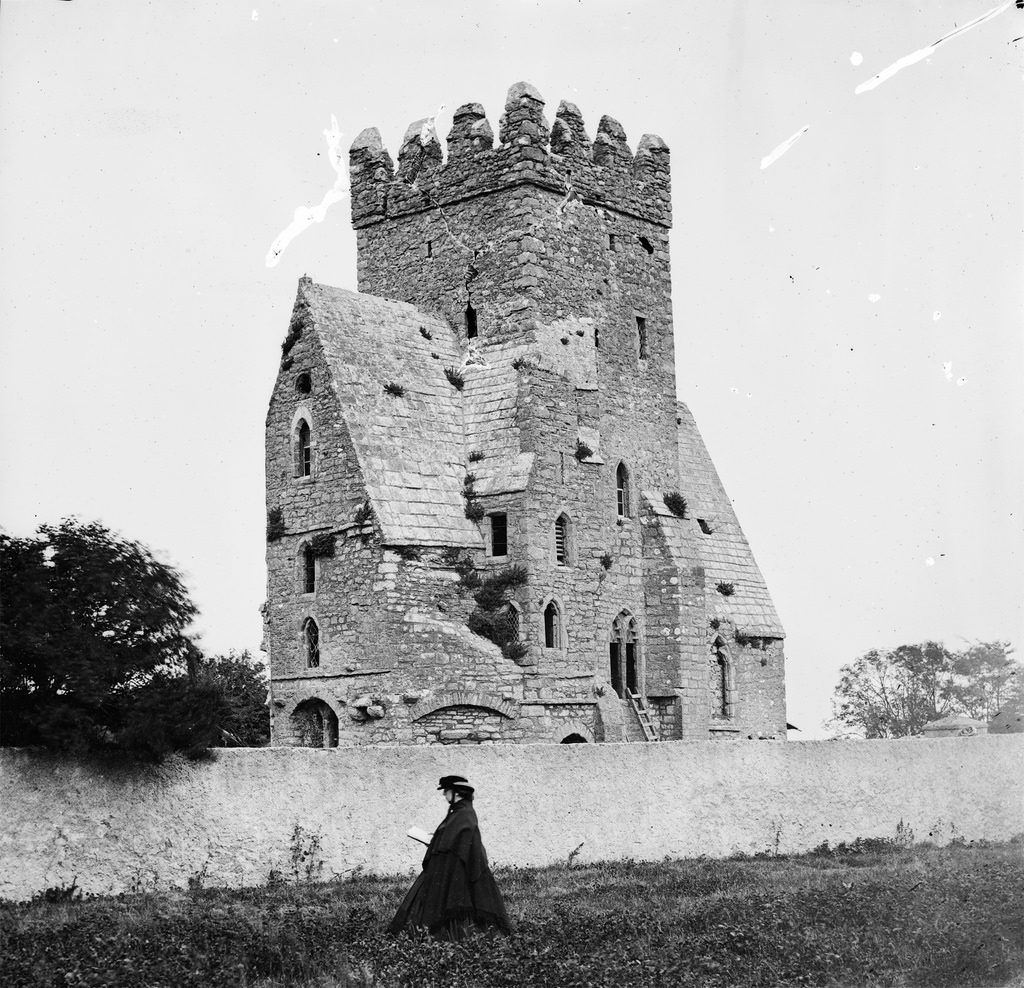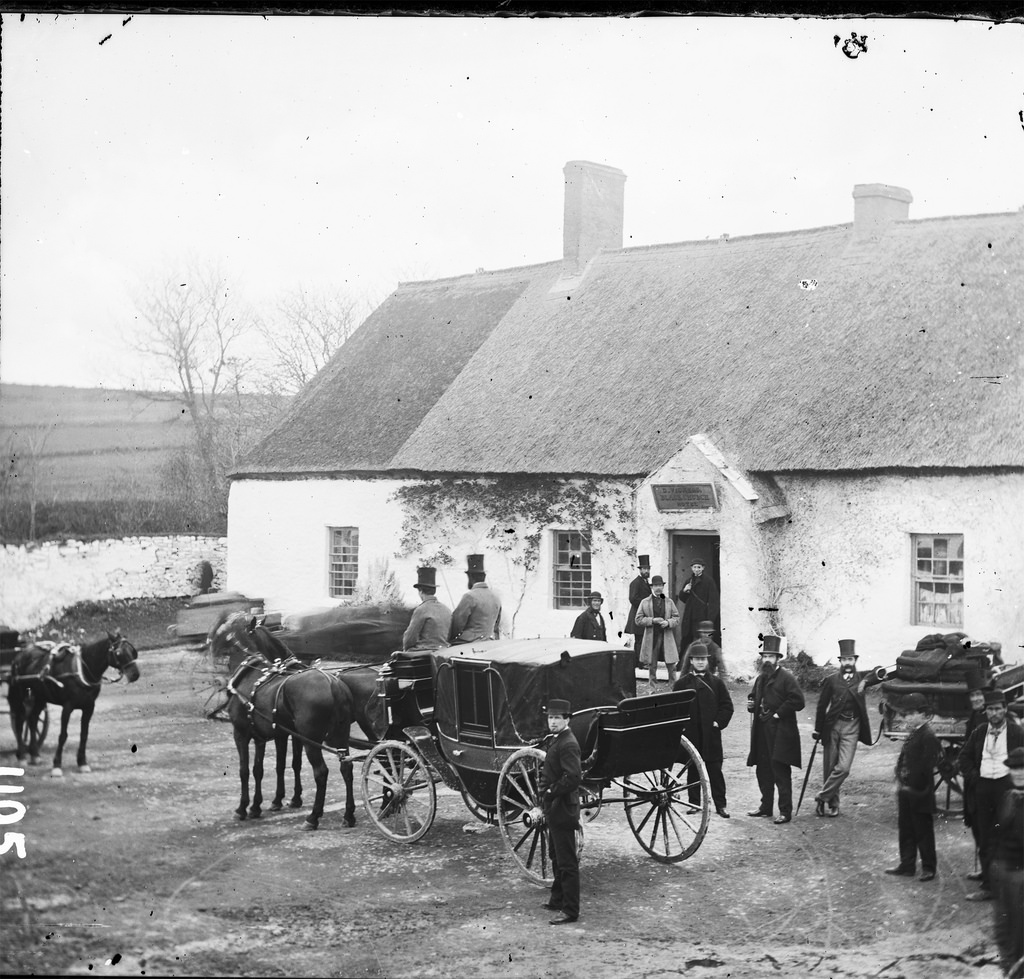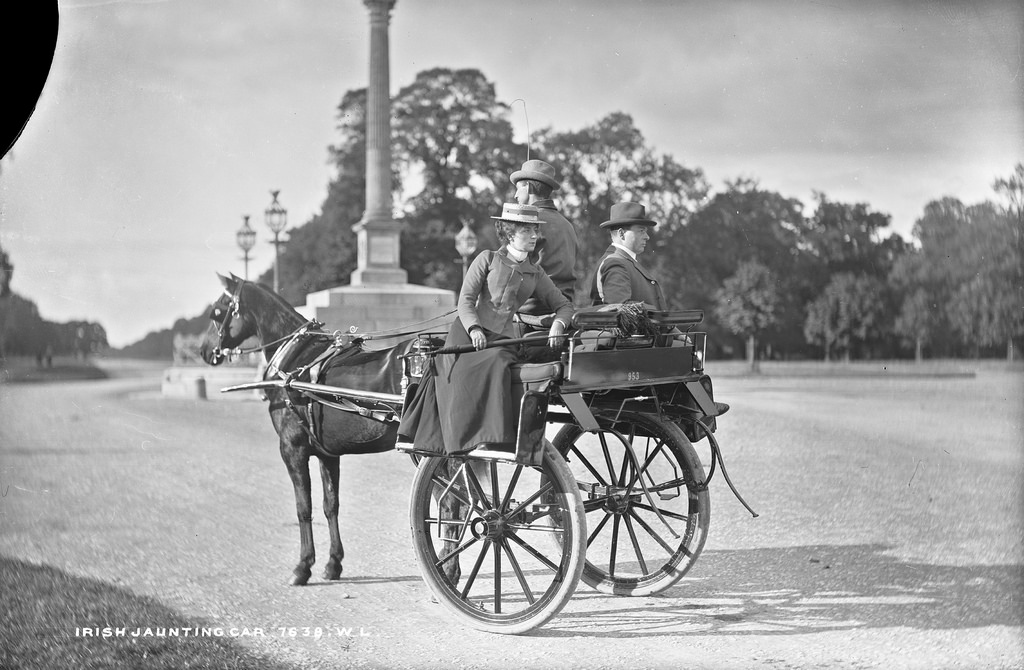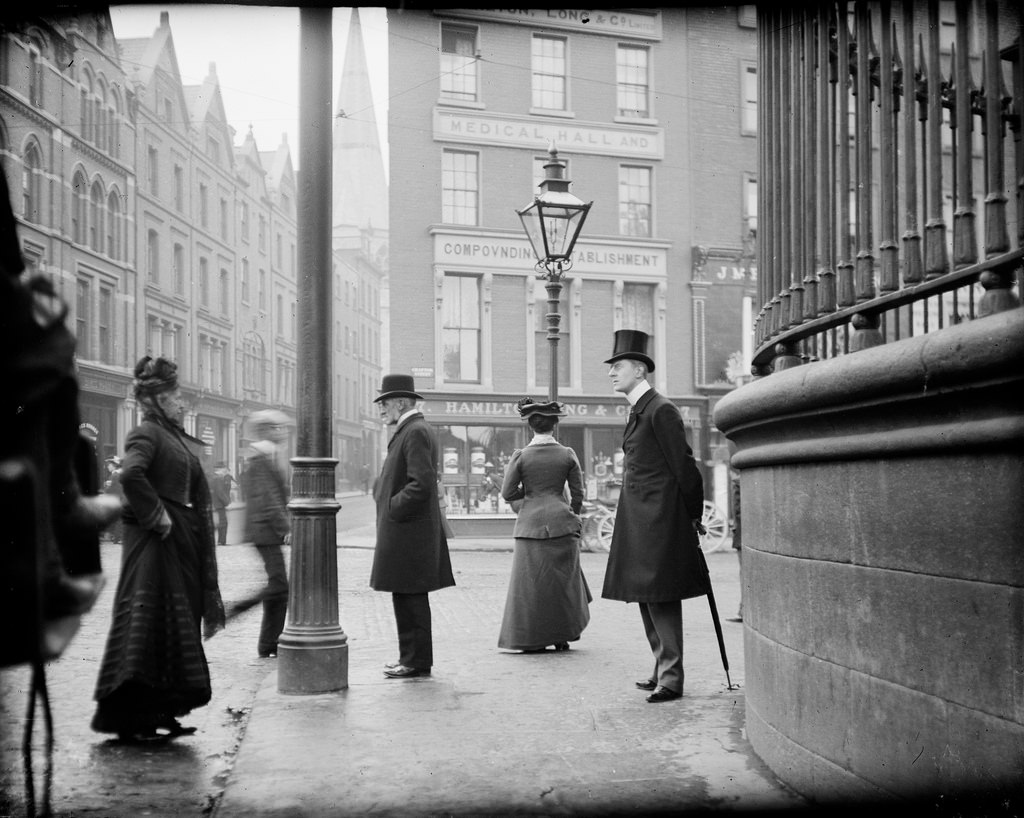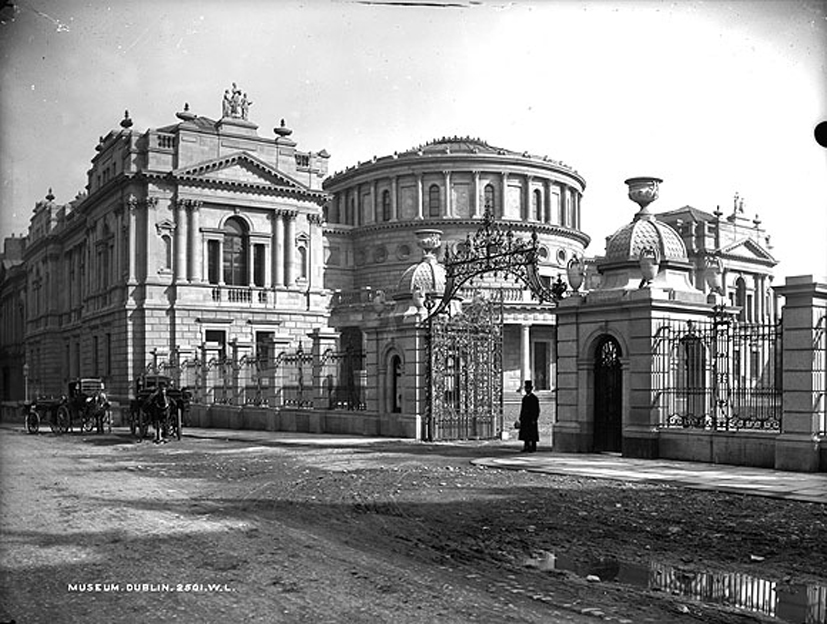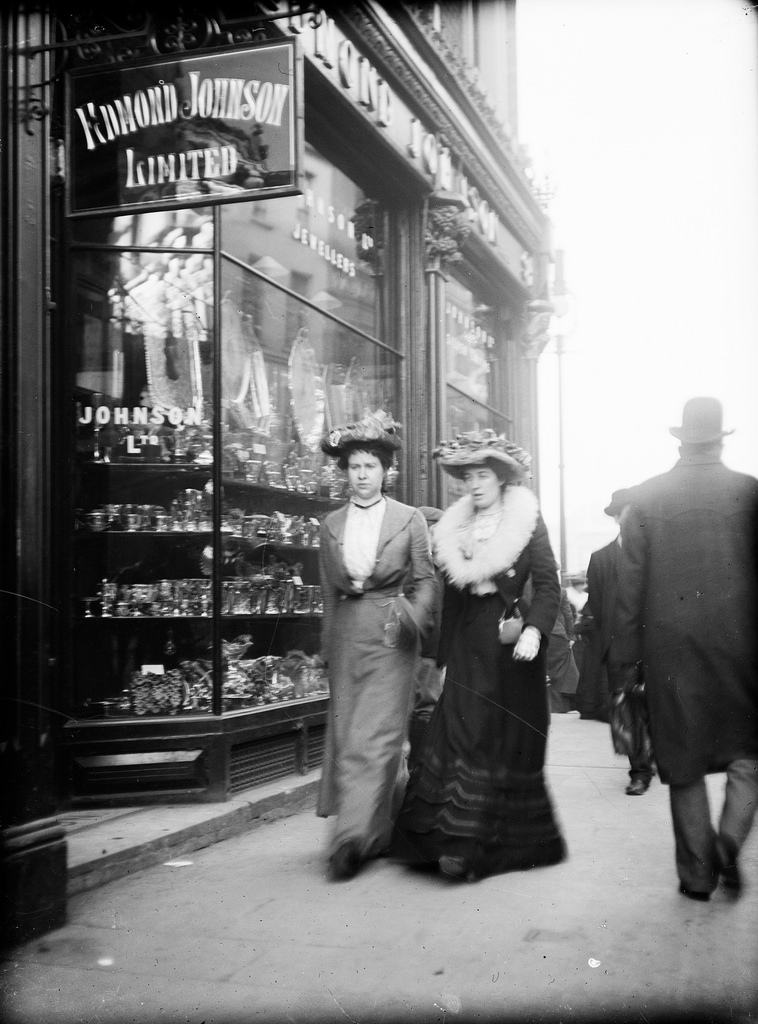These photos? They freeze those moments, showing us what life was like back then. The first railway in Ireland was built in 1834, when a 7-mile (11.3-km) link connected Dublin with the port of Kingstown (now Dún Laoghaire). As a result, suburbs began to grow along the coast to the south. Suburban development around the city continued and intensified over the next 70 years. Although Dublin remained moderately prosperous on the surface, it was festering underneath. The city had some of the worst slums in Europe. Infant and child mortality rates were uncommonly high, with tuberculosis constituting a particular scourge; sanitation and hygiene were practically nonexistent. An investigation in 1910 revealed that 20,000 families were each living in just one room. A two-week survey of 22 public houses, or taverns, disclosed more than 46,000 women and 28,000 children among the customers. Though described as “the second city of the (British) Empire”, its large number of tenements became infamous, being mentioned by writers such as James Joyce. An area called Monto (in or around Montgomery Street off Sackville Street) became infamous also as the British Empire’s biggest red-light district, its financial viability aided by the number of British Army barracks and hence soldiers in the city, notably the Royal Barracks. Monto finally closed in the mid-1920s, following a campaign against prostitution by the Roman Catholic Legion of Mary, its financial viability having already been seriously undermined by the withdrawal of soldiers from the city following the Anglo-Irish Treaty (December 1921) and the establishment of the Irish Free State (6 December 1922). In 1914, after nearly three decades of agitation, Ireland seemed on the brink of Home Rule (or self-government). However, instead of a peaceful handover from direct British rule to limited Irish autonomy, Ireland and Dublin saw nearly ten years of political violence and instability. This eventually resulted in a much more complete break with Britain than Home Rule would have represented. By 1923, Dublin was the capital of the Irish Free State, an all but independent Irish state, governing 26 of Ireland’s 32 counties. Between 1922 and 1932 the first administrations of the new Irish Free State were preoccupied with trying to establish new government institutions and to repair the damage inflicted on the economy by the Troubles of 1916–23. Housing took a low priority, and it was not until the advent of Eamon de Valera’s Fianna Fáil government in 1932 that a concerted program of home building got under way. Some of the worst inner-city slums were cleared, and the residents were moved to new housing projects on the city’s outskirts. With the introduction of better health care, old-age pensions, and children’s allowances, the condition of Dublin’s poor began to improve. (Photo credit: National Library of Ireland / Wikimedia Commons / Britannica). Notify me of new posts by email.
Δ Subscribe

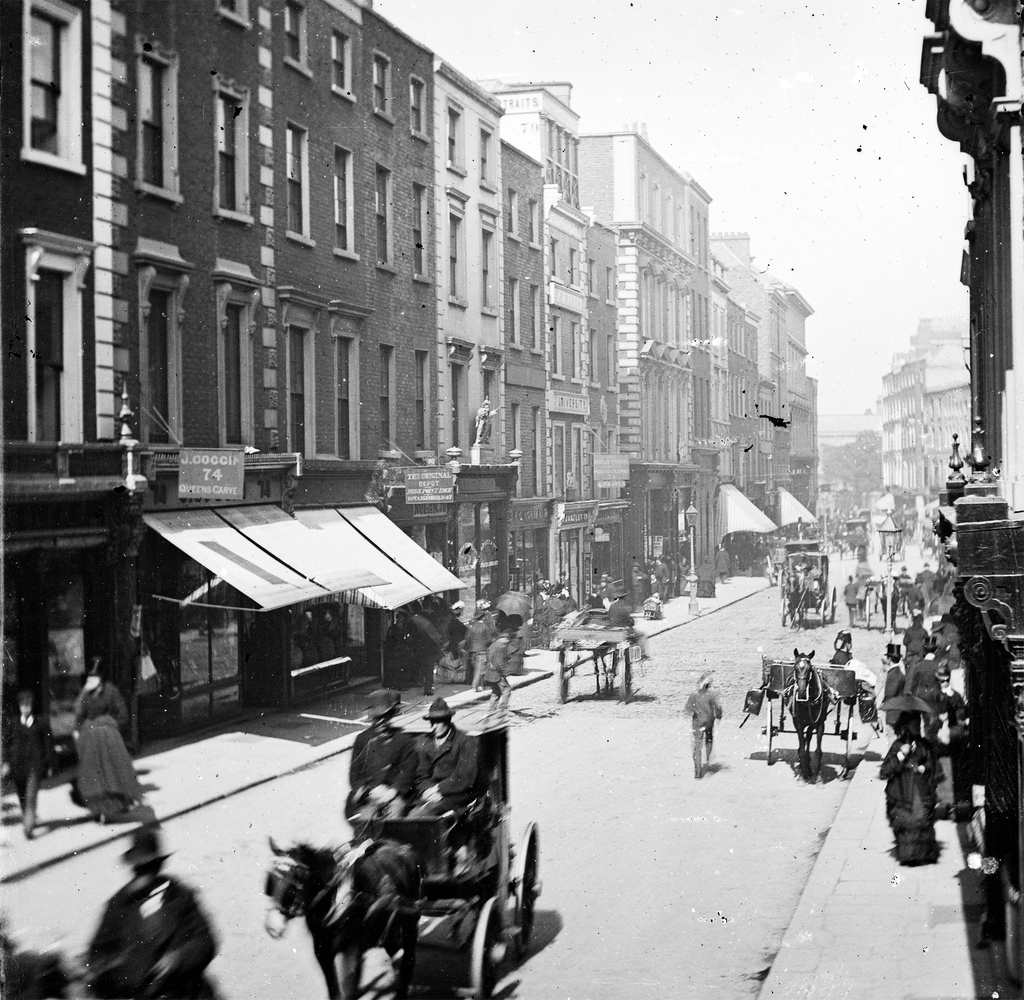
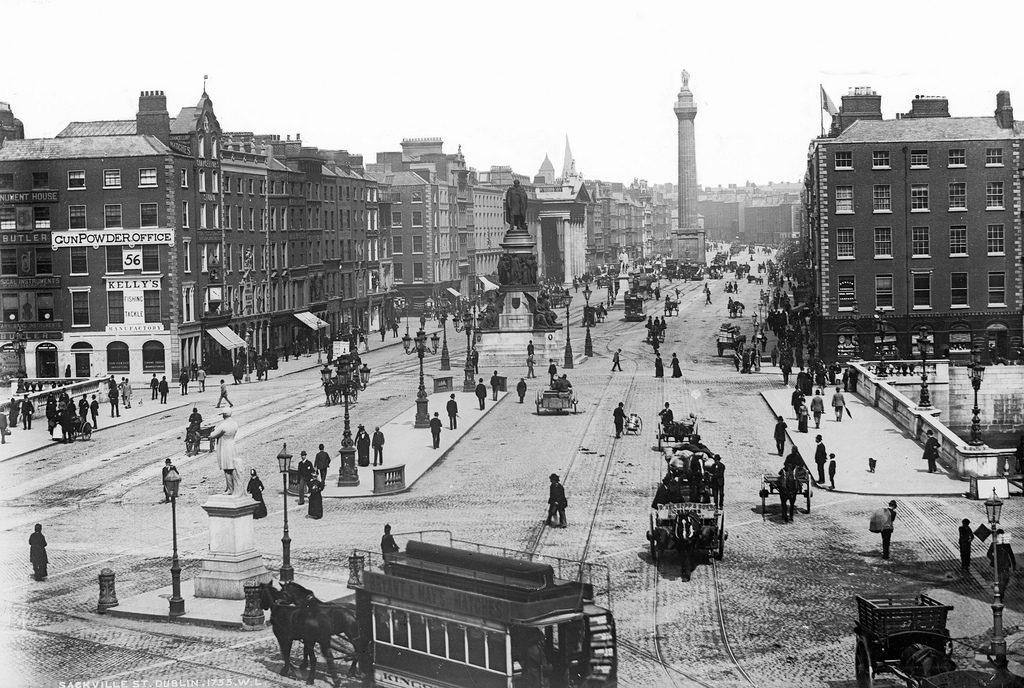
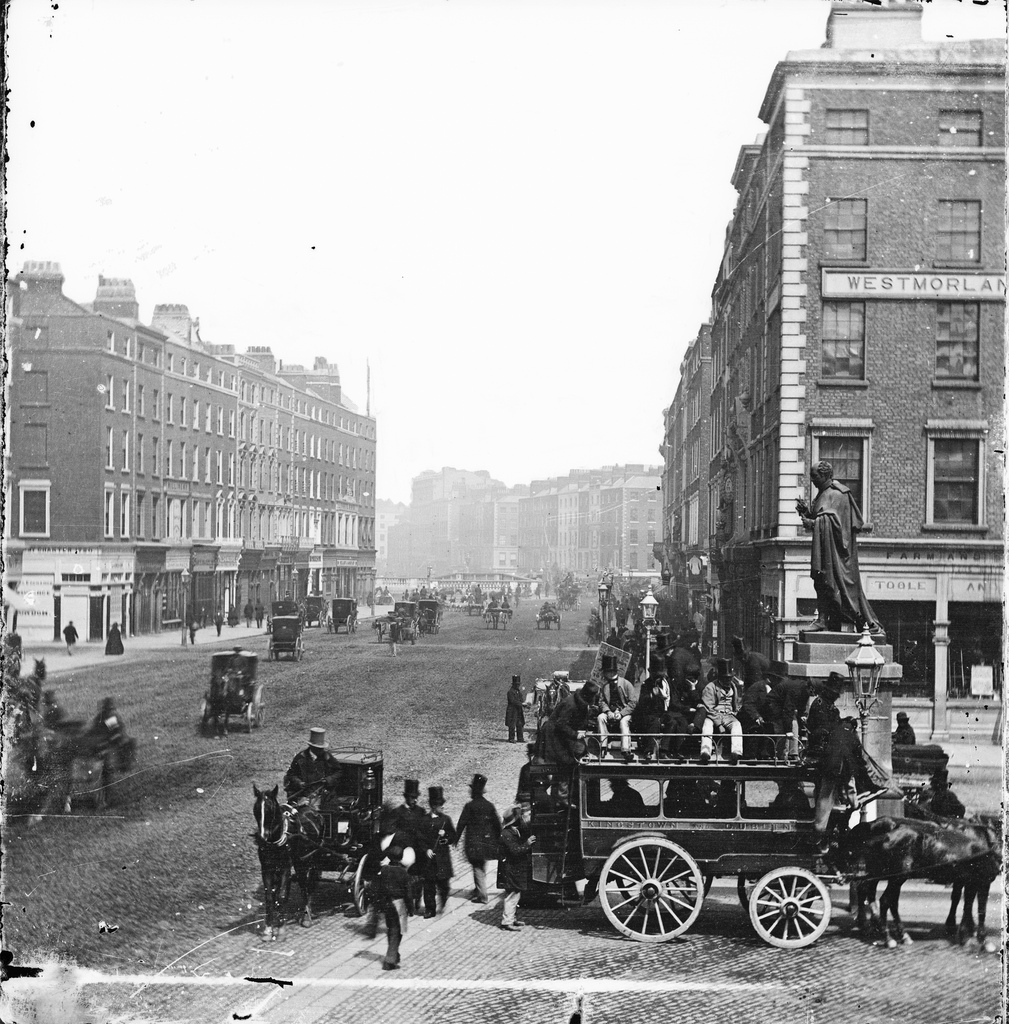
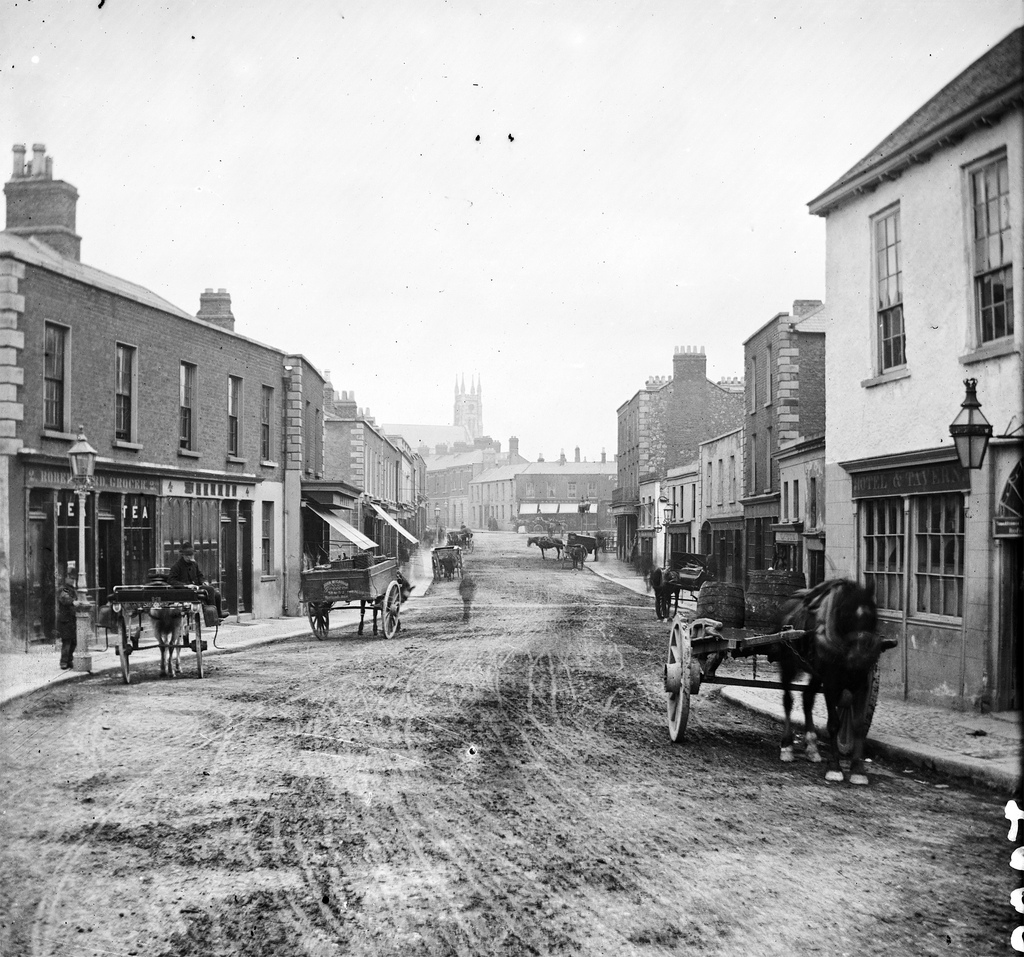
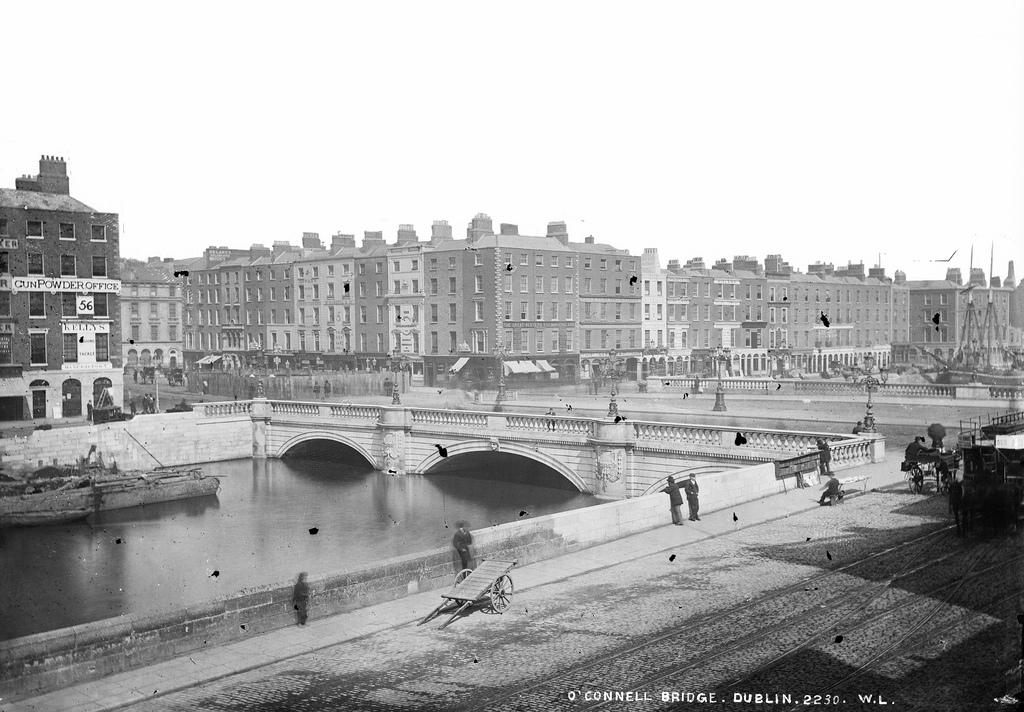
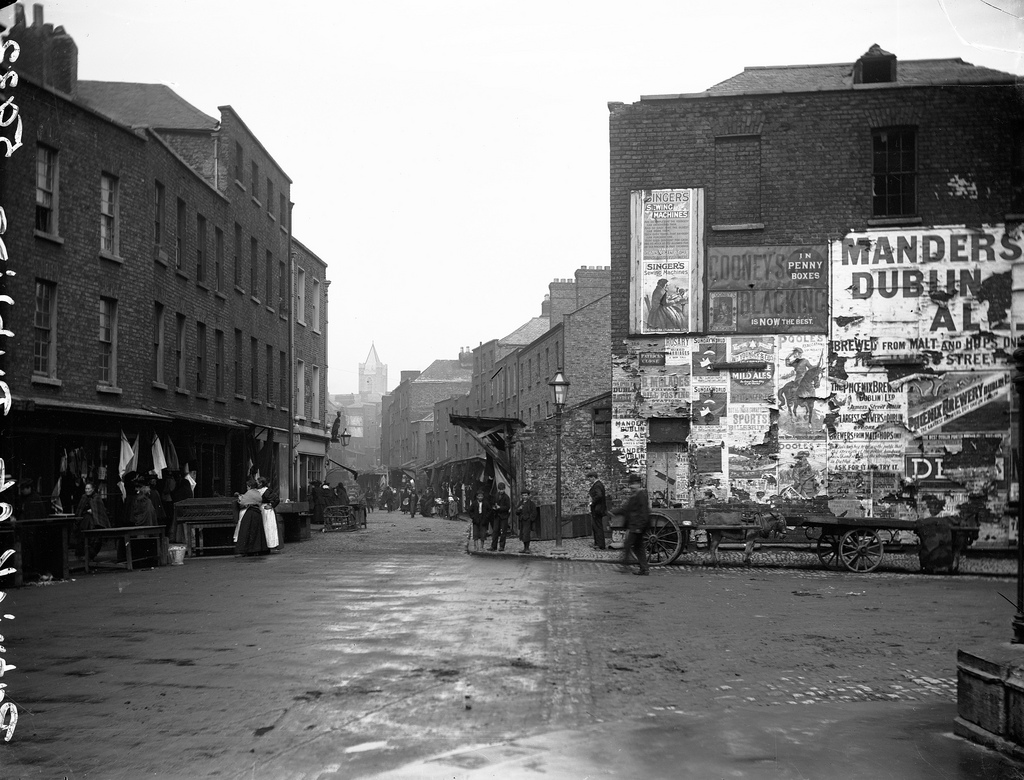
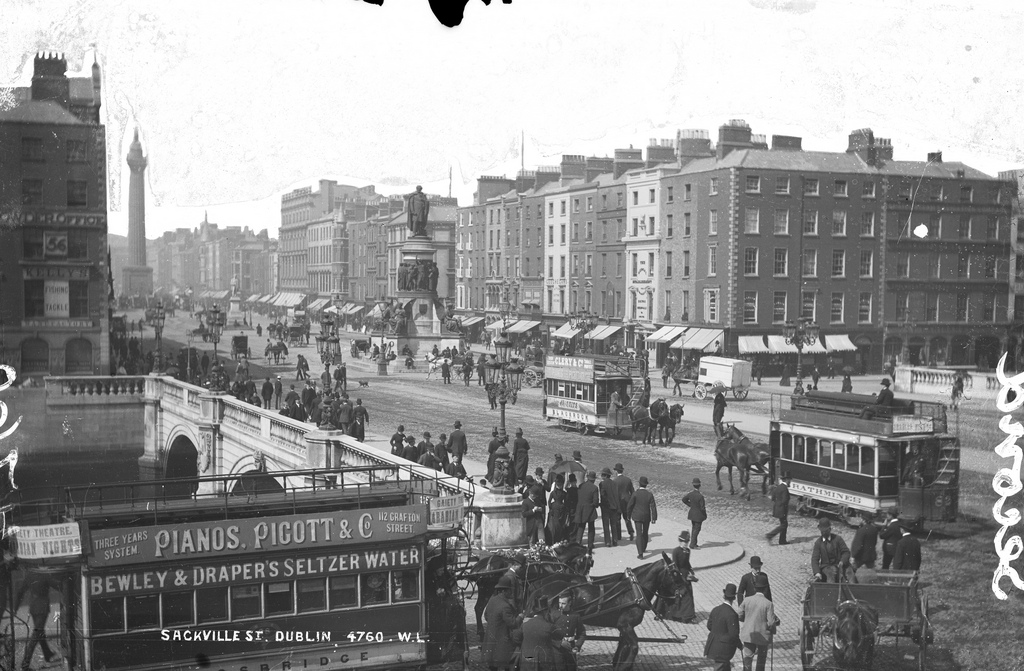
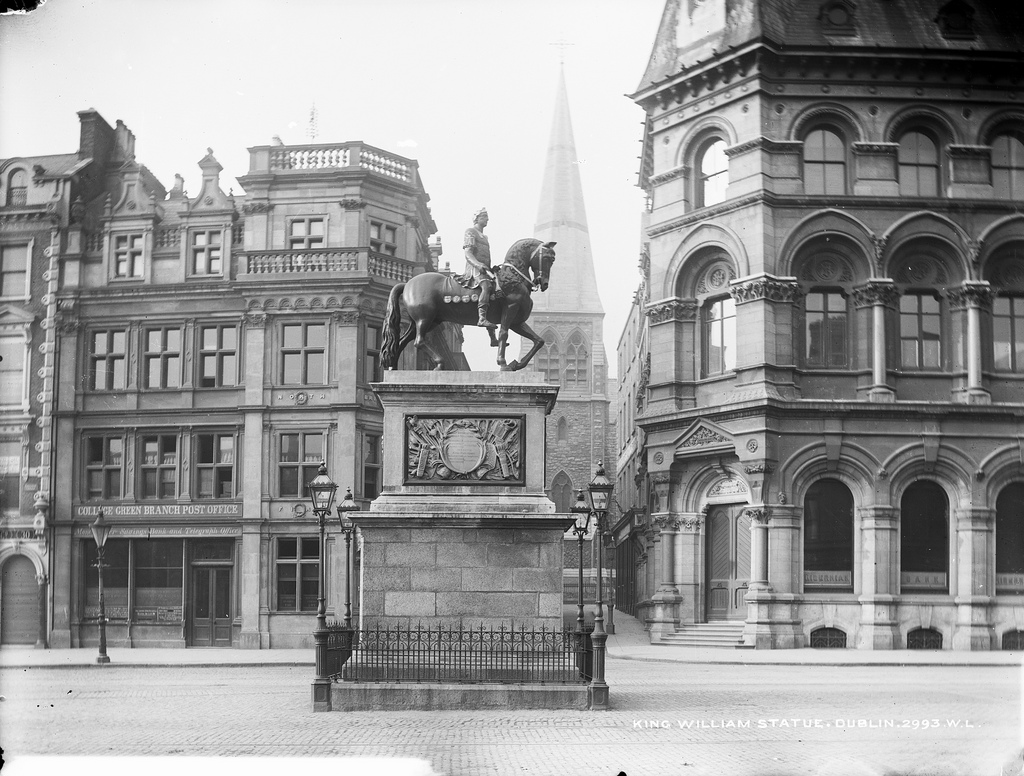
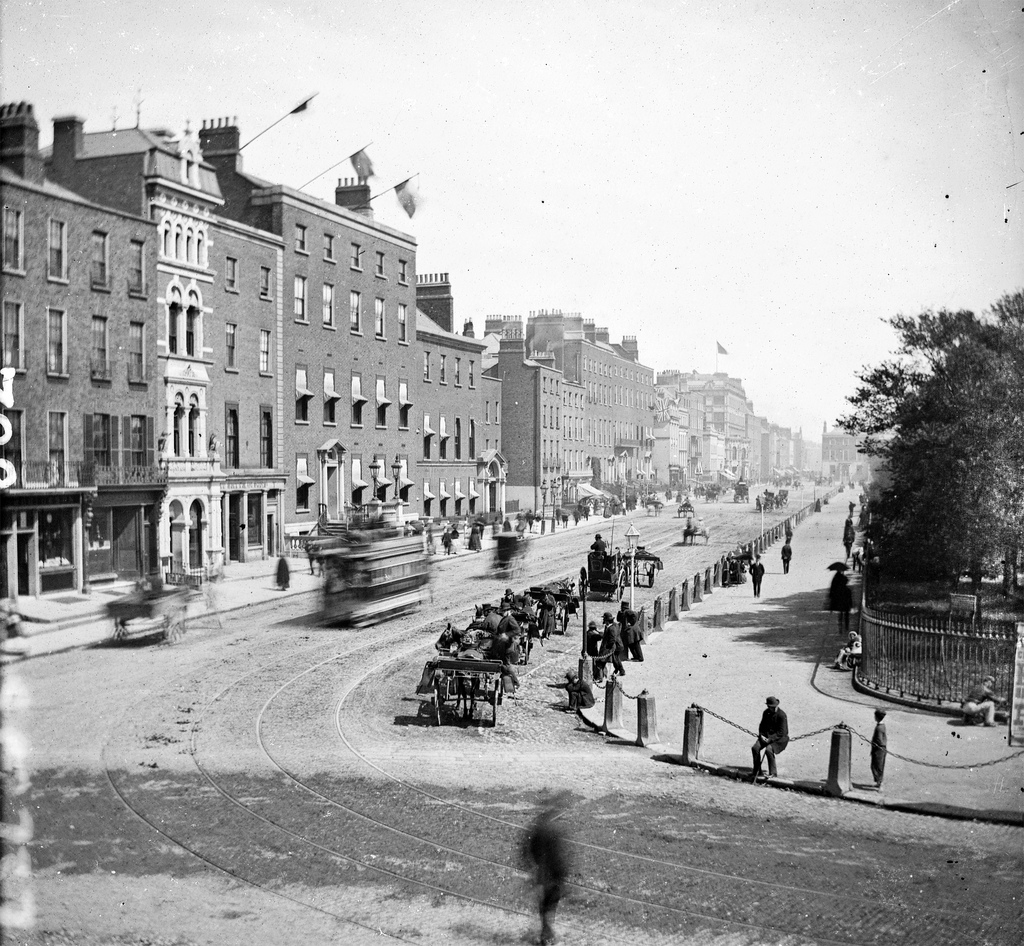
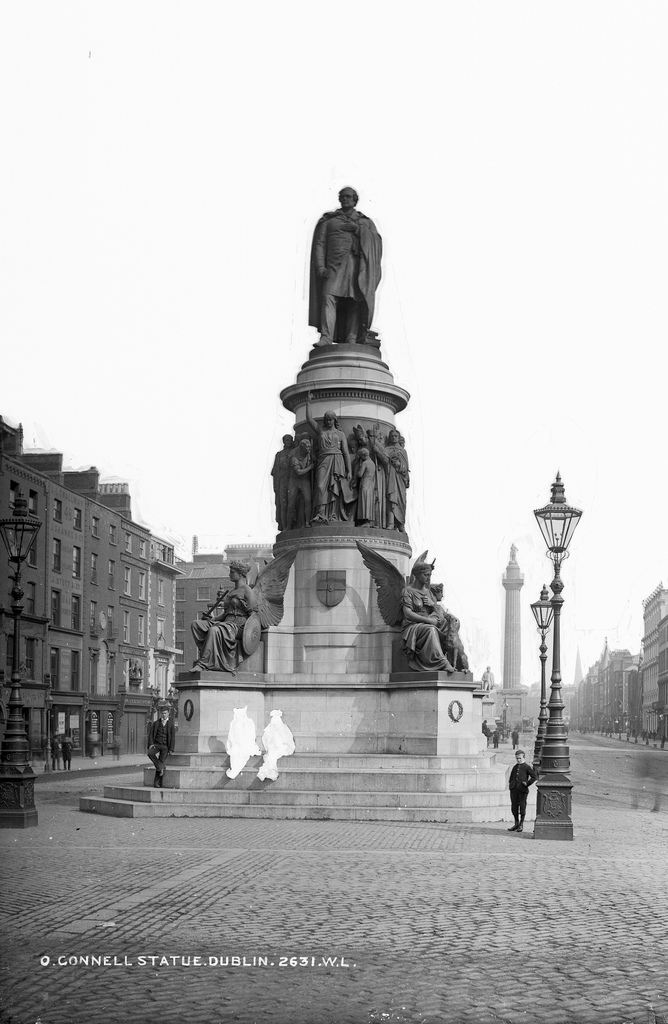
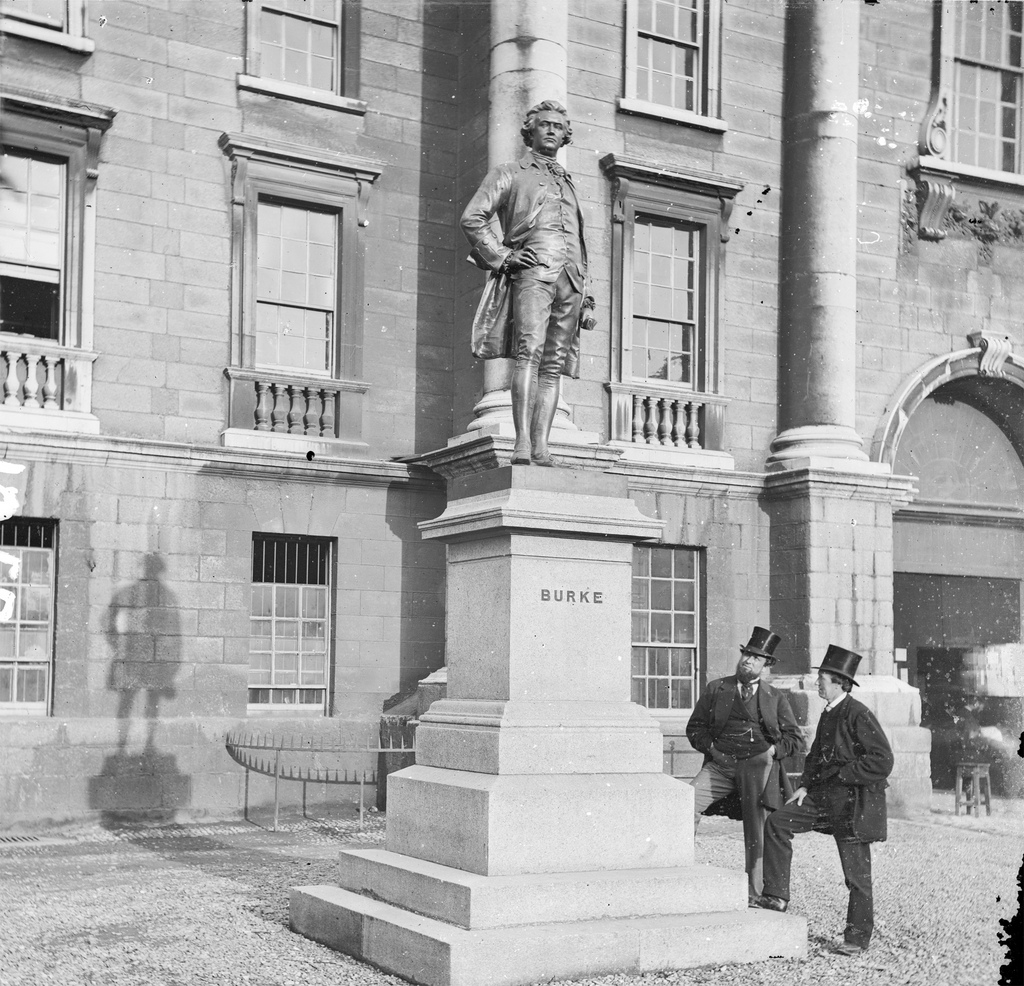
.jpg)
.jpg)
.jpg)
.jpg)
.jpg)
.jpg)
.jpg)
.jpg)
.jpg)
.jpg)
.jpg)
.jpg)
.jpg)
.jpg)
.jpg)
.jpg)
.jpg)
.jpg)
.jpg)
.jpg)
